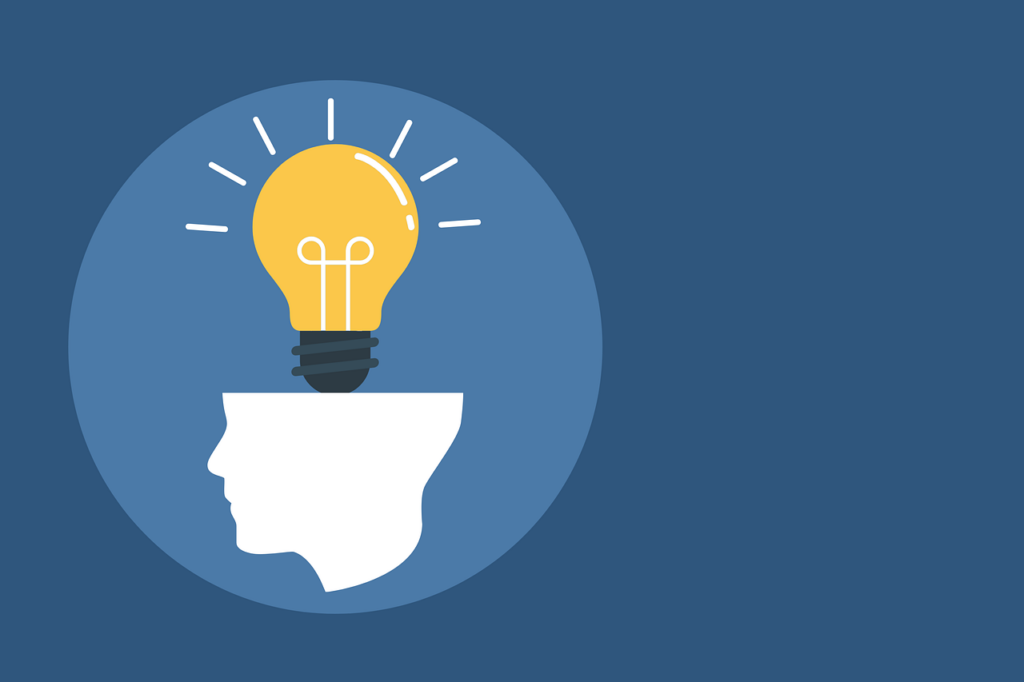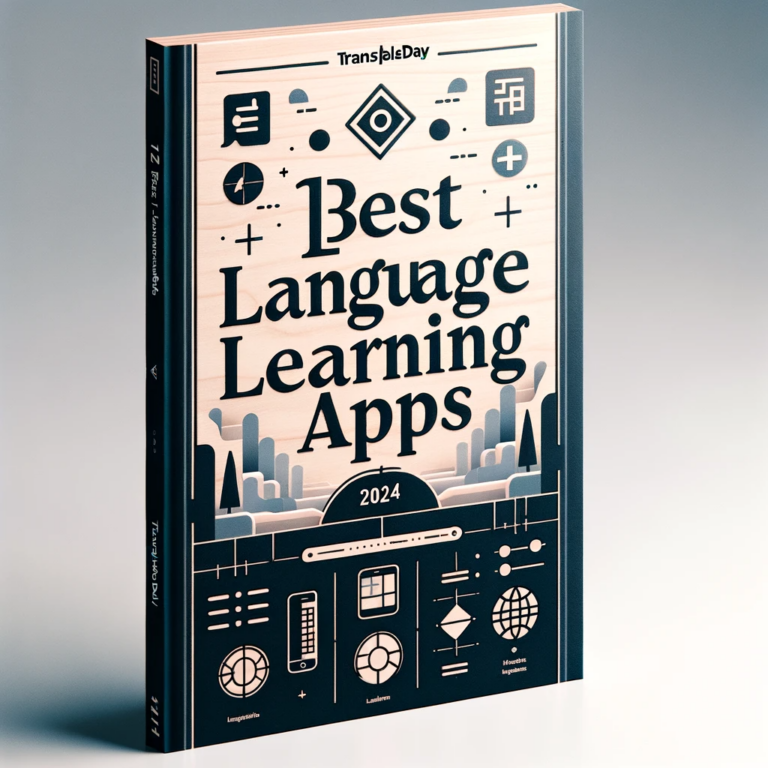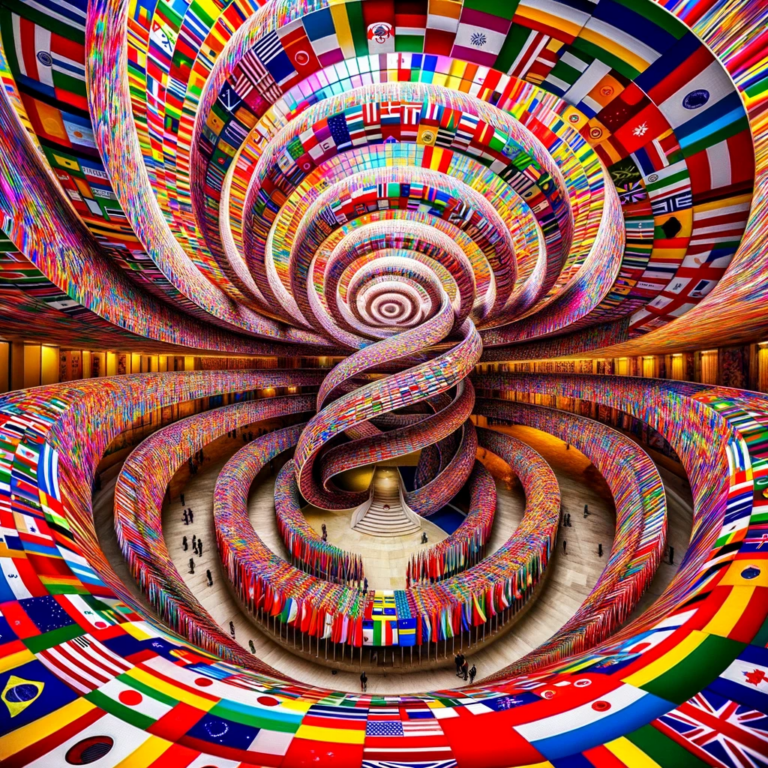You may have heard of intellectual property rights, copyright violations, and patent infringements. This is a legal matter that will take some time to resolve.
A patent is a property right. It is given to an inventor by the government. For a limited time, it is a right that prevents others from using, making, or selling the invention. The patent system promotes useful and one-of-a-kind inventions. Patents are governed by a country’s laws and regulations. But there is a crucial factor in the patent expansion process, and that is an accurate translation of the patent. A correct translation of the patent protects it in international markets, since any small mistake could paralyze its development.
The US Patent and Trademark Office (USPTO) in the United States issues patents in the following categories: utility, plant, and design.
Patents for medicines are essential to protect intellectual property, as is the case with new processes, chemicals, and machines are all covered by utility patents. Design patents are used to protect the distinctive appearance or design of manufactured goods. It could be the overall design of an item or the ornamentation on its surface. Asexual reproduction or the invention of new and marked varieties of plants, including hybrids from other reproduction methods like rooting or grafting, are covered by plant patents.

What makes an invention patentable?
These are the requirements for a product to be eligible for patenting.
The invention must be “unique” and “non-obvious”
It should be distinct from other inventions that are similar in one or more aspects of the product. Within 12 months of filing the patent application, the invention should not have been used by the public, sold, or received a patent application from another inventor.
It is not possible to patent every item
Natural laws, naturally occurring substances, mathematical formulas, calculation methods, fundamental truths, suggestions, ideas, and abstract principles are among the exclusions. A patent cannot be granted to an invention such as a dangerous drug or one that serves no legal purpose.
A method or process based on a new formula
A method or process that relies on a new formula, on the other hand, can be patented. A patentable invention must be both operable and useful. If an invention falls into one of these categories, it is considered useful: an improvement, a composition of matter, a manufacturer, a machine, or a process.
Jurisdiction and intellectual property
An inventor files a patent application for his innovation in order to secure maximal internationalization, which means that the invention will be protected in other nations. To accomplish this, the inventor’s original patent must be translated into the languages of the nations where the innovation would be sold. The original patent should be translated so that the inventor can obtain the title of registration certificate provided by the governments of different nations.
Why is it so difficult to translate international patents?
Patents, as previously said, are extremely sophisticated and extensive technical papers. Even a minor blunder in translating its material can have disastrous implications. International patent translation is difficult and distinct from conventional patent translation.
The goal of normal translation, also known as Free Translation or Dynamic Translation, is to preserve the message in a fashion that sounds natural in another language. Because literal translation, also known as direct translation, might seem unnatural, translators prefer to focus on the meaning of the translated material rather than translating it word by word.
It is impossible to do so with a patent due to its character as a legal, highly technical document. Every single phrase must be translated verbatim, which is quite difficult. A translator up to the task would need to have a near-perfect command of the language as well as all industry-specific jargon. Most certified patent translators are native speakers with expertise in specific fields such as medicine or biotechnology.
The importance of translating patents
A patent is a technical document that is extremely difficult to understand. It recognizes the creators’, designers’, and inventors’ rights to profit solely from the inventions they created. No one else can profit from a patent while it is registered in their name. The intellectual property or industrial property of the innovator is protected by a patent.
A patent certificate’s text is extremely complicated. It also has its own terminology. This means that in order for the patent to be understood, the translator must be highly skilled or a subject matter expert.
The patent must be translated, especially in today’s global commercial environment. A company that owns a patent for a device is guaranteed to succeed, stay in business, and be competitive. In order for this to happen, the corporation must have a patent in each jurisdiction where its product is sold in order to protect it.
The translated patent document is not the only piece of paperwork that a corporation will require in order to acquire the registration or title of grant that will make the item or product the patent applicant’s official property.
The success of a patent application is determined by a number of things. In addition to fulfilling the other standards and recommendations, the application must include a thorough and detailed statement of the unique idea in the appropriate language.
Challenges translators face
Patent translation is a difficult task. It necessitates the use of concise, clear, and direct language. The original texts should be faithfully translated to appropriately depict the technological item or chemical product in question. The translation is fairly literal, with little concern for cultural analogs or even guesses in foreign languages.
The target users of a patent must be considered by a patent translator who specializes in industrial property. To make a reliable description of the invention, the translator must have a strong understanding of technical language as a subject matter expert. The translator must also be conversant with the formats required by the various patent offices across the world.
Results of incorrect patent translation
A patent is a legal document, and a poor translation might limit the patent’s scope and have serious legal and financial ramifications. There have been various instances when a patent holder in another country was granted different levels of protection due to translation problems rather than failing to meet some of the conditions for the patent award. It may result in the patent’s ineligibility in non-favorable markets.
Keep in mind that a firm that refuses to hire a professional will almost certainly experience all of these negative repercussions. Here are some of the issues you may encounter:
- Theft of concepts
- Relays for the project
- Monetary loss
- Costs are going up
- Legal ramifications
- Strong competition is being created
What should you take into account when hiring a translation company?
The terminology, technical legal jargon, and even the format of a patent are exceedingly detailed and specific, as anyone associated with patents and intellectual property (IP) already knows. Furthermore, the topic matter, which ranges from medicines to aerospace engineering and everything in between, is virtually always exceedingly technical. As a result, when it comes to translating your content, not just any legal translator will suffice.
While you can find freelance translators to work on your project, working with a company that specializes in patent and legal translations is usually a better option. This is especially true if your patent(s) must be translated into other languages (and with different requirements and formats). Working with a company, as previously said, will provide project management assistance as well as a multi-step quality control procedure to ensure that the translations are error-free prior to delivery. In fact, even a tiny inaccuracy in a patent application (including the translated version) might result in your application being denied or costing you a lot of money in legal fees.
You should absolutely inquire if they have experienced, competent patent translators and subject matter experts (SMEs), and in which technical domains, to identify a translation business that specializes in patent and legal translation and appreciates the value of patent translations. An international quality standards certification, such as ISO 9001:2015, is also highly recommended for a technical translation provider. This means that they adhere to industry-standard quality management procedures.
Hire Translate Day!
One of the most sought-after abilities in the translation industry is the ability to accurately translate patent paperwork. Patent translation is without a doubt one of the most difficult fields of translation. We separate out from the crowd at Translate Day by providing you with the finest quality and expertise in which you can put your faith.
Our translations are all Certified Translations that have been signed by a Professional Document Translator. USCIS accepts and approves all of our legal document translations. We have a wealth of experience, having served as a prominent industry benchmark for the past 12 years, translating into 12 main languages and completing over 60 000 papers. Our translators are qualified, professional, and hand-picked to ensure that they fulfill industry standards. Our services are simply available via the internet, are reasonable, quick, and always of the highest quality.





